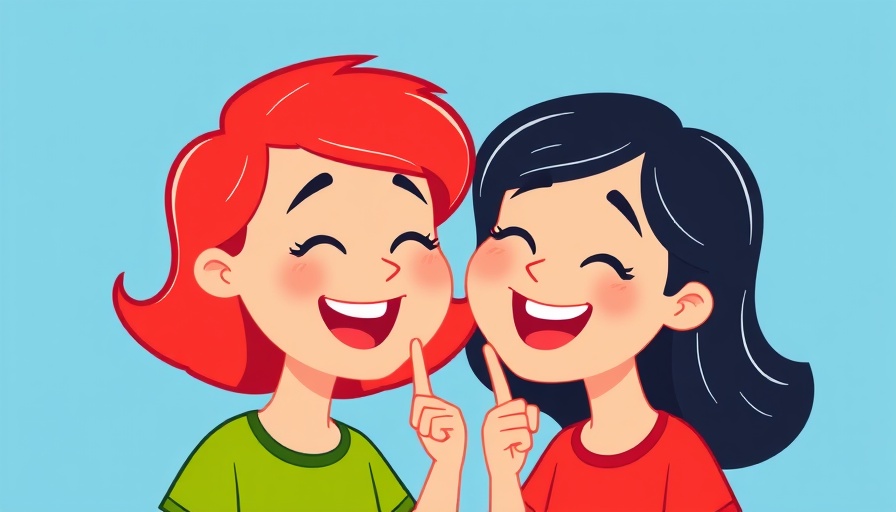
Understanding the Danger: What is Love Bombing in Friendships?
Friendship should be a source of joy, but sometimes it can take a troubling turn. Love bombing in friendships involves excessive attention and affection that feels overwhelming or insincere. This can create a false sense of intimacy, pushing boundaries that can leave you feeling uncomfortable. Understanding the signs of love bombing is crucial for nurturing healthy relationships and protecting your emotional well-being.
4 Signs of Love Bombing You Should Never Ignore
- Excessive Flattery: While compliments are an essential part of friendships, when they become overwhelming and feel insincere, it can be a red flag. A friend who showers you with constant praise might be using it as a way to manipulate or control.
- Over-the-Top Gestures: Friendships are about balance, and when one friend goes above and beyond—excessively gifting or planning elaborate outings—it can imply deeper motives. Genuine friendships thrive on mutual respect and understanding, not one-sided efforts.
- Isolation Tactics: Love bombing can lead to isolation from other friends and family. If a friend tries to discourage you from spending time with others, be wary. Healthy friendships encourage social connections beyond just your bond.
- Feeling Overwhelmed: If you begin to feel pressure or anxiety due to a friend’s behavior, trust your instincts. Friendship should feel like a safe and comfortable space, not one that raises your stress levels.
The Emotional Impact of Love Bombing
Recognizing love bombing is important not only for your peace of mind but also for your emotional health. Victims often feel confused and overwhelmed, leading to anxiety and lower self-esteem. Understanding your feelings can empower you to set healthier boundaries. Remember, it's okay to prioritize your emotional well-being and distance yourself from toxic dynamics.
The Historical Context of Friendship Dynamics
Friendships have always been vital to social structures, evolving alongside cultural norms. Over time, relationships have shifted from strictly communal to more individualized forms. This evolution can lead to misunderstandings and toxic patterns like love bombing. Exploring the history of friendships helps illuminate why certain behaviors may emerge today, reflecting deeper social anxieties and insecurities.
How to Navigate Love Bombing in Friendships
Recognizing love bombing allows you to take actionable steps. Start by setting clear boundaries about affection and time together. Communicate openly about your feelings and intentions. Real friendships will adapt and thrive in open dialogue. Don’t hesitate to seek advice from trusted friends or professionals, especially if a friendship significantly impacts your emotional health.
The Relevance of This Issue Today
In our fast-paced world, the dynamics of friendship have changed, leading some to become more manipulative for connection. The rise of social media increases the risk of love bombing, as interactions can often appear more intense through the screen without substantial meaning behind them. Maintaining awareness of these patterns can help cultivate genuine, meaningful connections.
Take Action and Foster Healthy Friendships
It's crucial to engage in self-love and practice self-care to foster healthy friendships. Surround yourself with people who uplift, encourage, and respect you. Establishing and maintaining boundaries will protect your emotional health and ensure that your friendships remain enriching and fulfilling.
Remember, prioritizing your mental and emotional health is not selfish; it is essential. Be mindful of how friendships make you feel and take action to nurture those that bring you joy.
 Add Row
Add Row  Add
Add 




Write A Comment